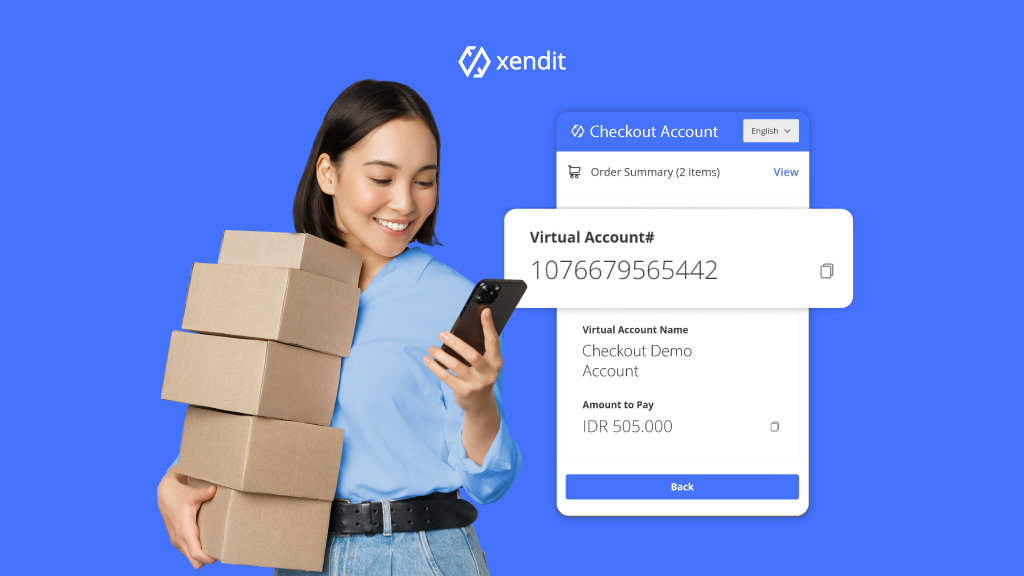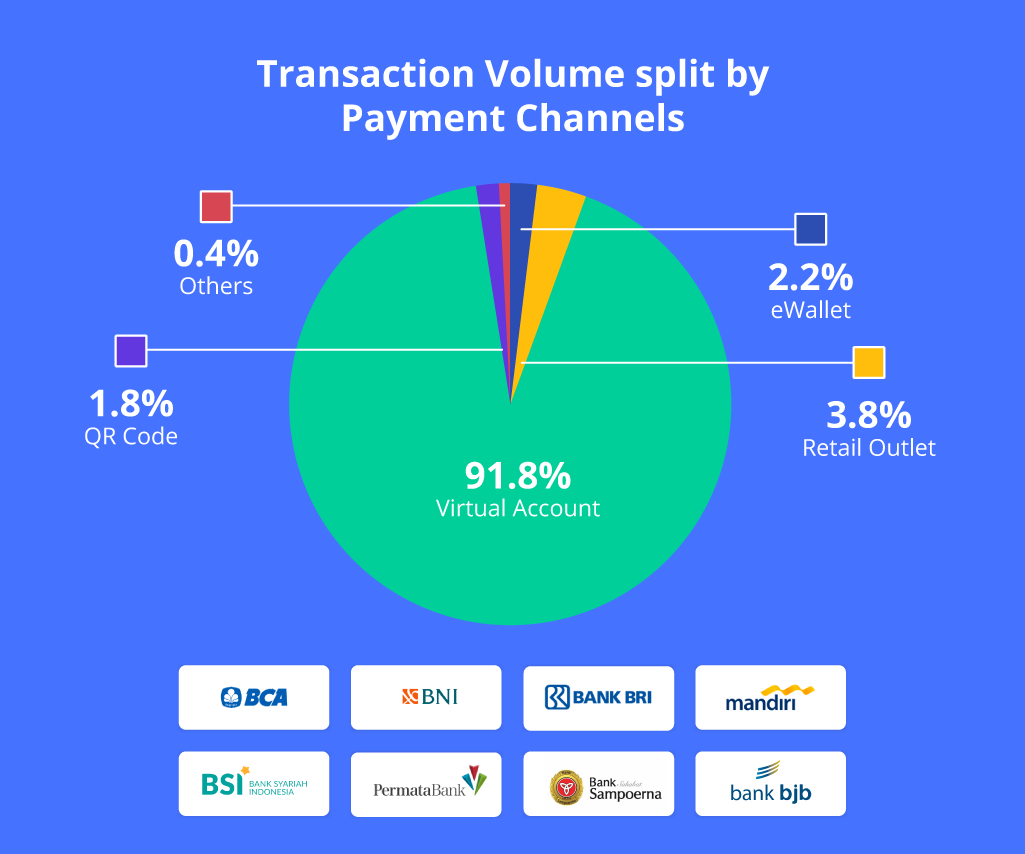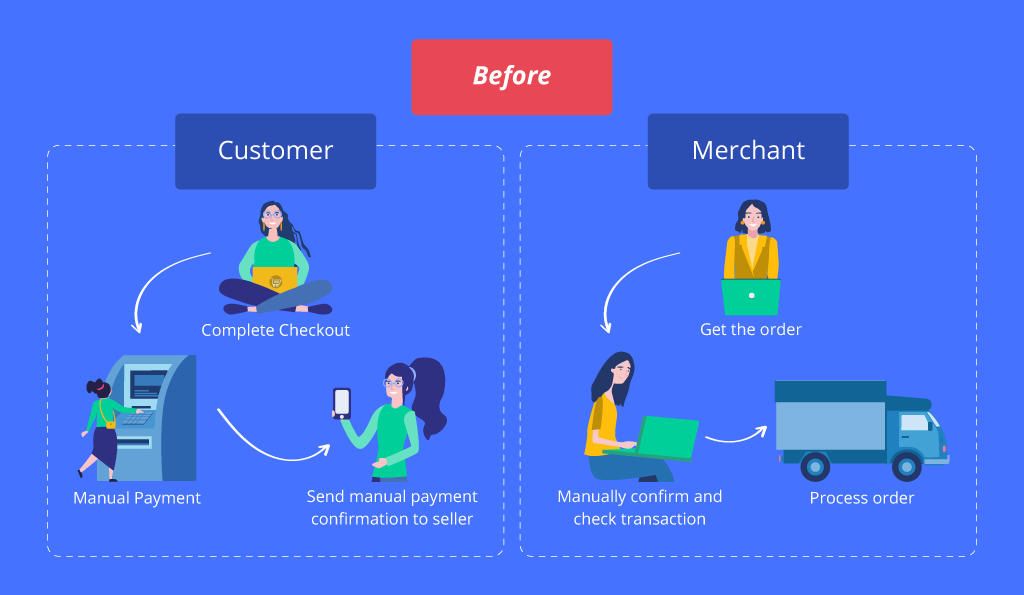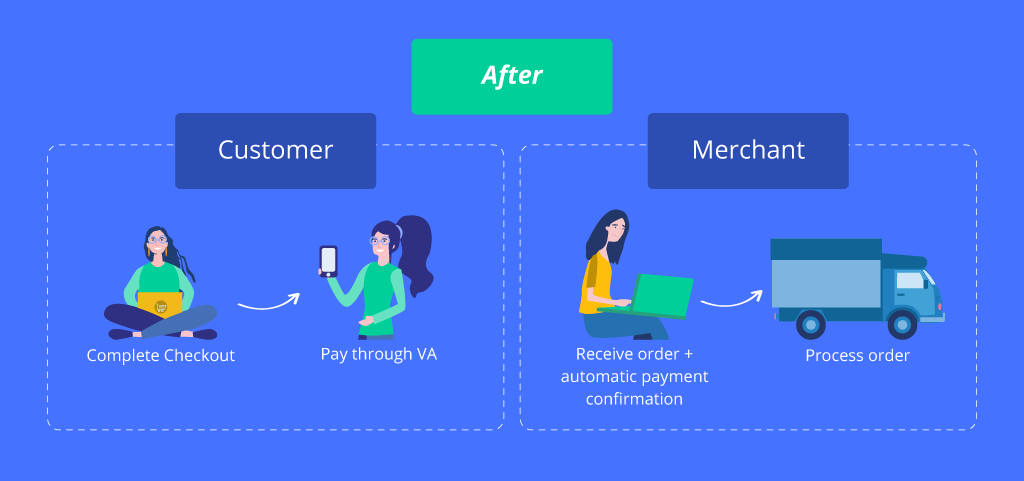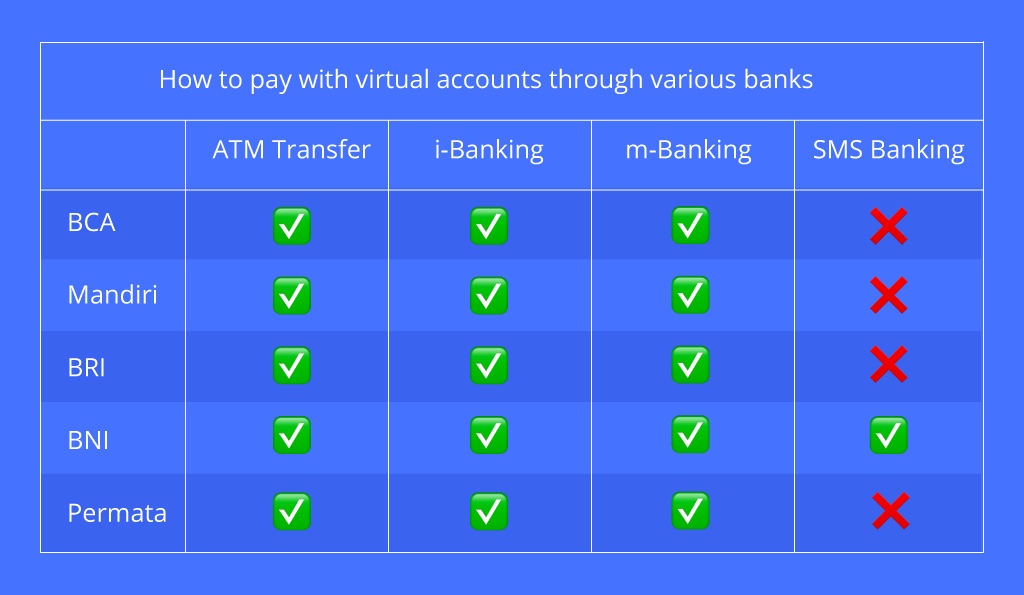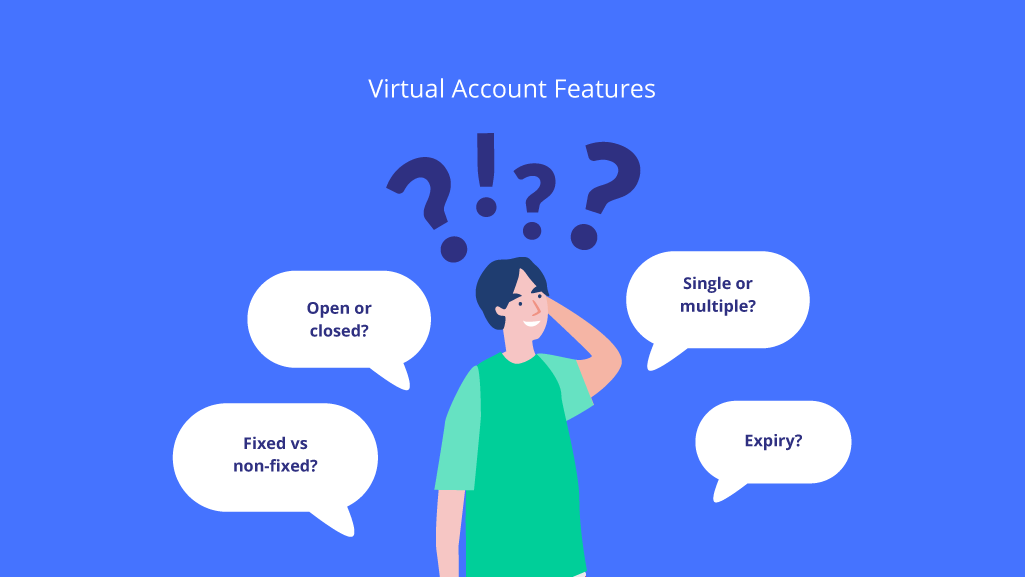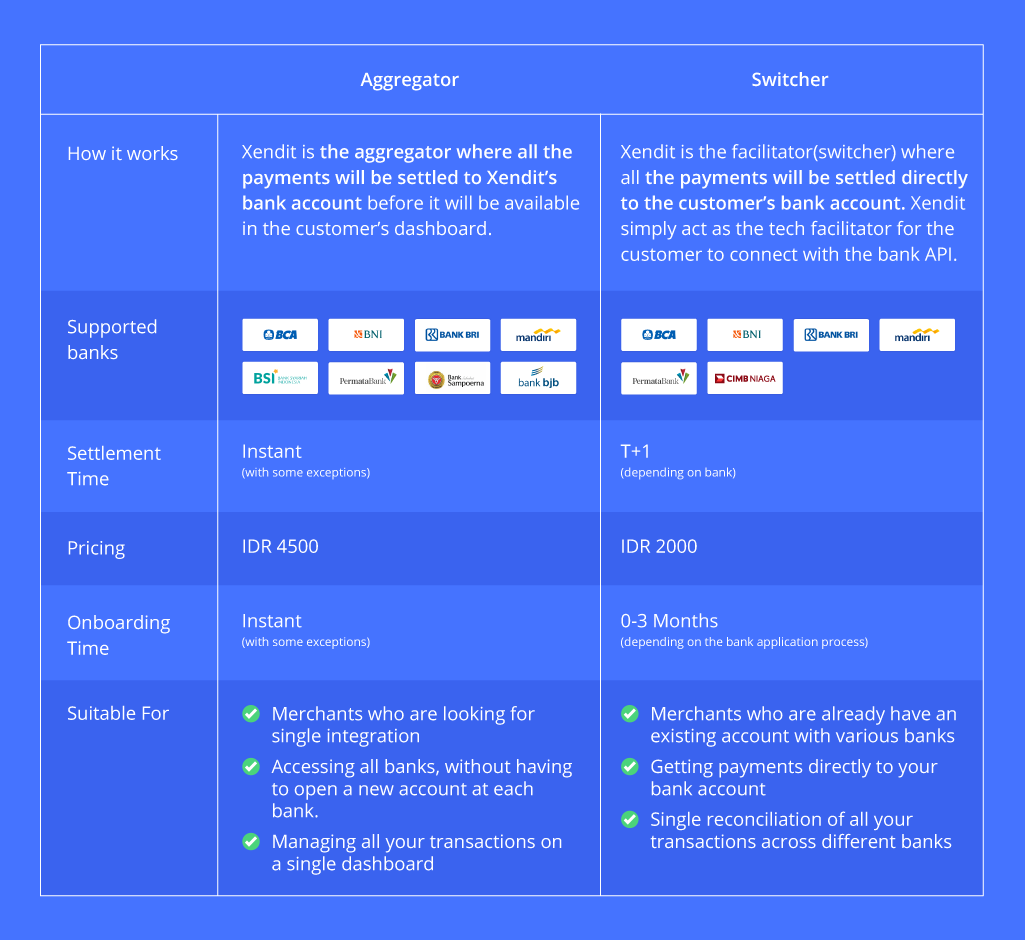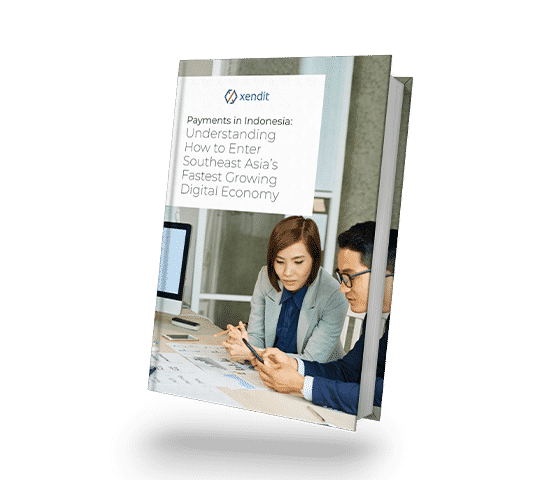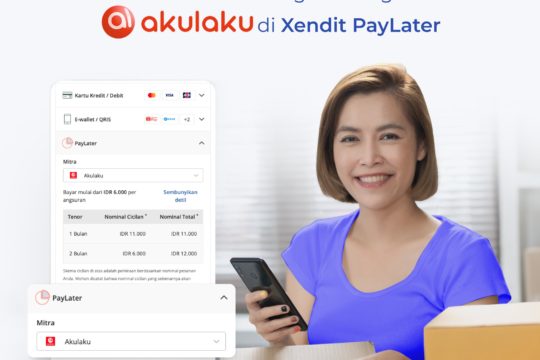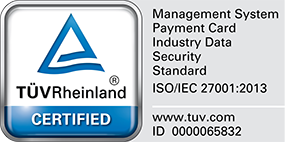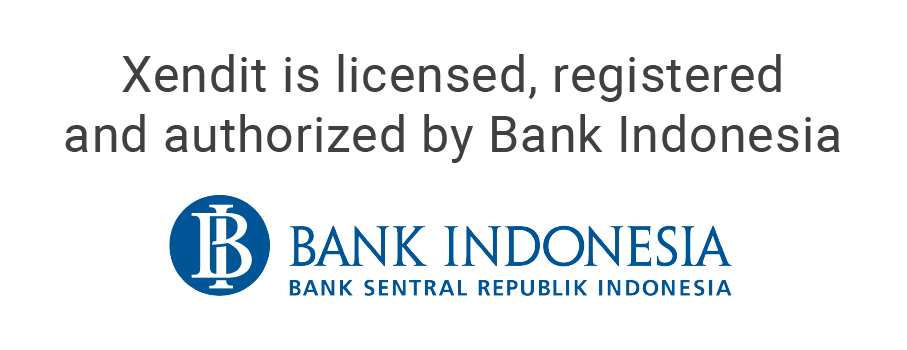What is a virtual account (VA)? Virtual accounts are temporary accounts that are used to transact on behalf of a real physical account.
Think of virtual accounts as doors into a room, the door can’t store money but it will direct the money into the right room (account). Since each virtual account is unique, receiving funds into a specific virtual account makes it easier and faster for businesses to identify who made each transaction. Furthermore, virtual accounts give businesses the ability to reconcile payments in real time.
Why virtual accounts are a must-have in Indonesia
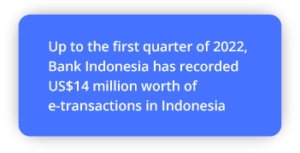
The manual verification process is cumbersome, but that’s not all. To make things worse, the company’s finance department usually performs this process manually. This leaves room for human errors, and it’s costly and time-consuming.
Virtual accounts solve this problem and do away with manual payment verification. Since each virtual account is unique, businesses can set the payment amount and the type of use of each virtual account to automate the identification process.
According to Xendit’s data, a whopping 91.8% of transaction volumes are made through virtual accounts.
Also read: What is Virtual Account?
What’s the difference between using a virtual account and a manual bank transfer?
When paying through a normal bank transfer, customers need to indicate the account number to transfer the money into.
After the transfer, customers need to submit proof of payment to the merchant. This is usually in the form of a photo of the physical transfer receipt or a screenshot of the customer’s i-banking app.
On the other hand, when paying through a virtual account, customers don’t need to go through the hassle of sending proof of payment to the merchant.
With virtual accounts, all customers have to do is pay the invoice amount into the unique virtual account number generated.
The transaction gets registered automatically, and merchants can reconcile the payment in real time.
How do virtual accounts work?
Virtual accounts from end customers’ point of view Paying with virtual accounts is easy. Here’s what it looks like if you’re the customer:
- At the online store, choose the merchandise you want to purchase, then start the checkout process
- Choose virtual account as your payment method
- You’ll get a virtual account number for your transaction
- Using your favorite mobile banking platform, make your payment with the virtual account option
- Wait a few minutes for a successful payment notification from the online store (depending on each store’s practices)
- Done!
Virtual accounts from merchants’ point of view
Virtual accounts help identify payments easily. This is especially handy if you deal with large transaction volumes. Xendit works directly with Bank Mandiri, BRI, and BNI. So, when merchants go live with Xendit, they get virtual account numbers from each of those banks. Here’s how it works if you’re the merchant:
- You (merchant) inform your customer to make payment to a specific virtual account number
- Each virtual account number is linked to each customer and invoice.
- Upon receiving payment, you’ll get a notification. This enables you to identify the customer that made that payment and which invoice it was.
How to pay with virtual accounts through various banks
Virtual accounts are a great choice of payment method. Other than being convenient, paying with virtual accounts is also highly secure. So, most banks in Indonesia support this option. In general, you can pay through ATM transfer, i-Banking, m-Banking, and even SMS banking for BNI. Here’s a summary of your options:
Virtual Account Features
Here are the typical features of virtual accounts that enable them to support several use cases:
1. Fixed vs. Non-Fixed
Fixed: The VA number is uniquely defined by the customer. For example, e-Wallets (OVO, Dana, LinkAja, etc.) use the user’s mobile phone number as a fixed VA number, making multiple top-ups easier. This way, the user can transfer any amount (typically above a minimum) to the VA to top up their e-Wallet balance. Non-fixed: The VA number is randomly assigned. This is useful for one-off payments, for example on e-commerce sites. When a customer wants to make a payment through a VA, they would select their specific bank’s VA option and be assigned a VA number to transfer to. Xendit’s invoices use non-fixed VA so that it is easier to reconcile transaction data.
2. Payment amount: Open or closed
Open: The VA can receive any amount. As with e-Wallets, you can pay into VA with any amount you want. The VA set by the user’s account number can receive any amount (typically above a specific amount). Closed: Only a specified amount (down to the last digit) can be accepted by the VA. This is commonly used in e-commerce payments. E-commerce merchants can easily identify transactions as complete when an exact amount is transferred into the VA for the transaction.
3. Type of use: Single or multiple
Single: The VA will expire after a single transaction (one-time use)—useful for one-off e-commerce transactions. The e-commerce site will set an amount for the VA to receive and the VA will expire it receives the funds. Multiple: Useful for installments, the VA can be paid multiple times as long as it has not expired. Another use case is how e-Wallet VA are reusable so that the user can transfer amounts to the same VA assigned to the user’s phone number. This feature is only available on fixed VA.
4. Expiry
Virtual accounts have an expiry date fixed during account creation. When the VA expires, payers can no longer pay into that account
Merchants can use Virtual Accounts via Xendit using two methods below:
Start using virtual accounts easily with Xendit
At Xendit, we want to help merchants boost their revenue by offering end customers their favorite payment method—all while saving merchants’ time and cost.
With VA, you can say goodbye to endless manual verification that is time-consuming, error-prone, and unscalable.
How do you set up a virtual account?
Traditionally, depending on the use case, you would most probably need to visit your bank, fill up forms and wait for a few weeks until the bank has done due diligence on your business before setting up VA with them.
At Xendit, though, we’ve cut this process down to a few minutes! All you need to do is click Settings on your Xendit dashboard > click go live > fill out your preferences and you’re ready to go!
About Xendit
Xendit is a financial technology company that provides payment solutions and simplifies the payment process for businesses in Indonesia, the Philippines, and Southeast Asia, from SMEs and e-commerce startups to large enterprises. Amidst the fragmented payment landscape in Southeast Asia, Xendit enables businesses to accept payments from direct debit, virtual accounts, credit and debit cards, eWallets, retail outlets, and online installments For many businesses, accepting payments online is new territory, but we’re here to help. We have helped 1000s of businesses come online and we’d love to help you too. Find out more about Xendit, or sign up to try our dashboard!
